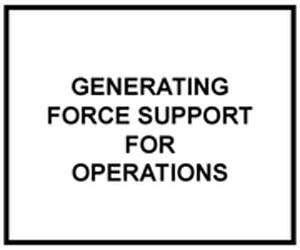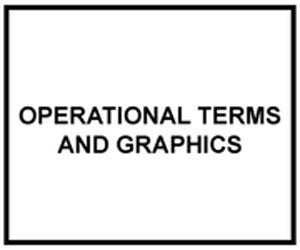
FM 3-21.38: PATHFINDER OPERATIONS
Official US Army Field Manual in Acrobat PDF file format.
Army pathfinders mainly provide navigational aid and advisory services to military aircraft in areas designated by supported unit commanders. The pathfinders’ secondary missions include providing advice and limited aid to units planning air assault or airdrop operations.
The pathfinders provide navigational aid and air traffic advisories for Army aircraft. This occurs at any phase of an air assault or ground operation that requires sustained support by Army aircraft. The commander employs pathfinders on a short-term basis for some missions. He can redeploy the pathfinders after they complete a major troop lift or airdrop.
Ideally, the commander assigns a pathfinder team to each combat aviation battalion. This enhances the relationship between aviators and pathfinders, who have to work well together and understand each other to complete a mission successfully. Aviators and pathfinders must maintain a good working relationship, despite the limited number of pathfinder units and the assignment of pathfinder-coded positions to ground units.
Many units might have no trained pathfinder assets. In this case, higher headquarters must temporarily assign pathfinder assets from an external source to train supported unit personnel and oversee the conduct of pathfinder operations.
Non-pathfinder-qualified Soldiers receive training from the pathfinders and form a company-level pathfinder team. Once trained, the team provides navigational aid, air traffic advisories, and any other relevant information. Around the clock, the pathfinder team supports any type of air movement or resupply operation conducted by or for the ground unit and supported by an aviation unit.
Trained, equipped pathfinders select, mark, improve, and control landing sites. Engineers in direct support (DS) of lifted ground units may help pathfinders improve landing zones (LZs). In most situations, pathfinders perform two or more of these jobs at the same time. In each case, they start out by setting up ground-to-air radio communications. Combat lifesaver-qualified and emergency medical technician (EMT)-qualified pathfinders also supplement internal medical support.
When not performing duties for supported units, pathfinders remain with their equipment, near and in communication with the supported ground unit command post (CP). While pathfinders await further missions, the parent or supported CP may task them to help control the aviation unit base airfield; to perform minor demolition work; or, in staff sections, to perform map and aerial photographic work. However, before the pathfinders perform secondary missions, they must train and perform routine maintenance on their equipment.
File download size: 10 MB



